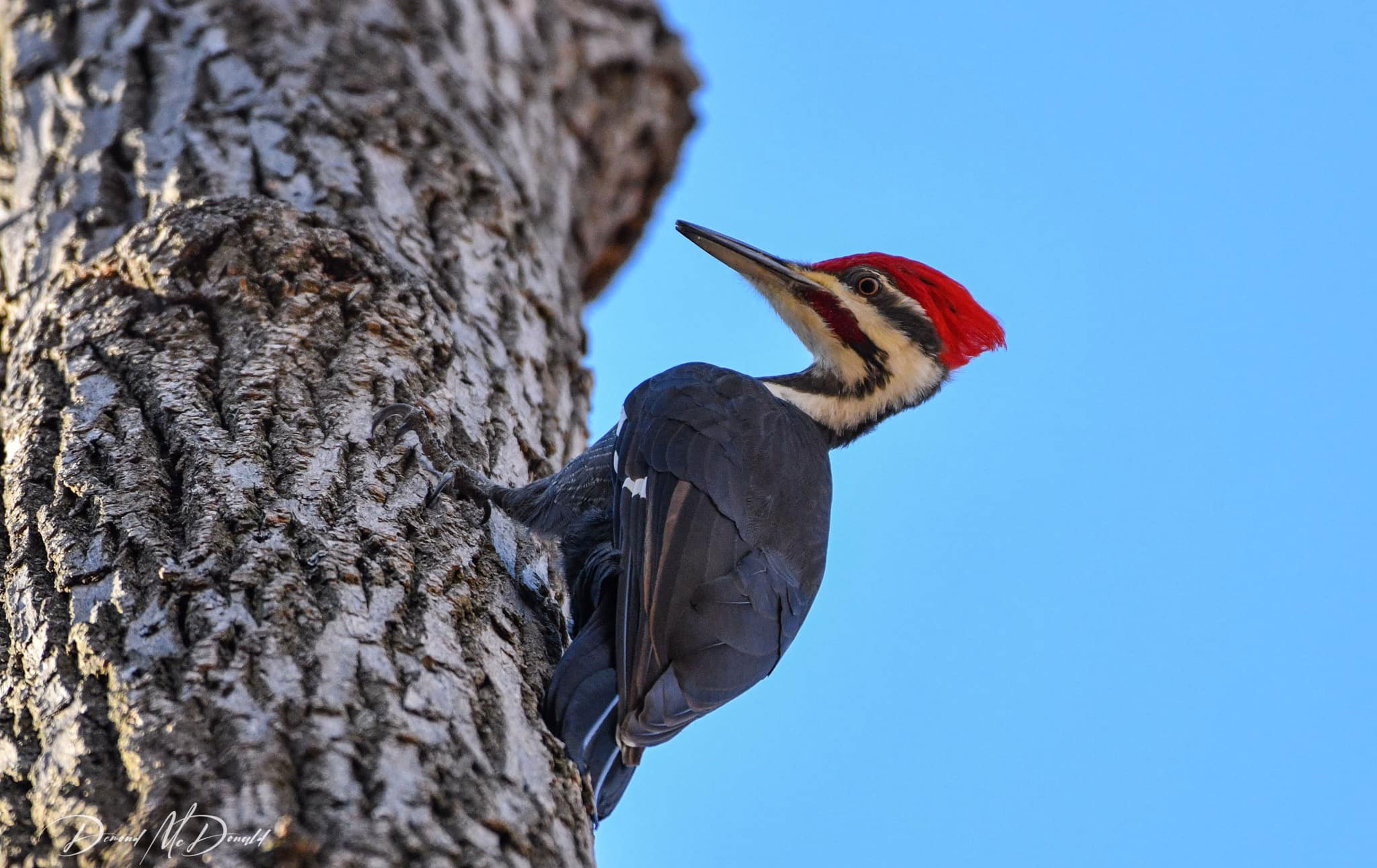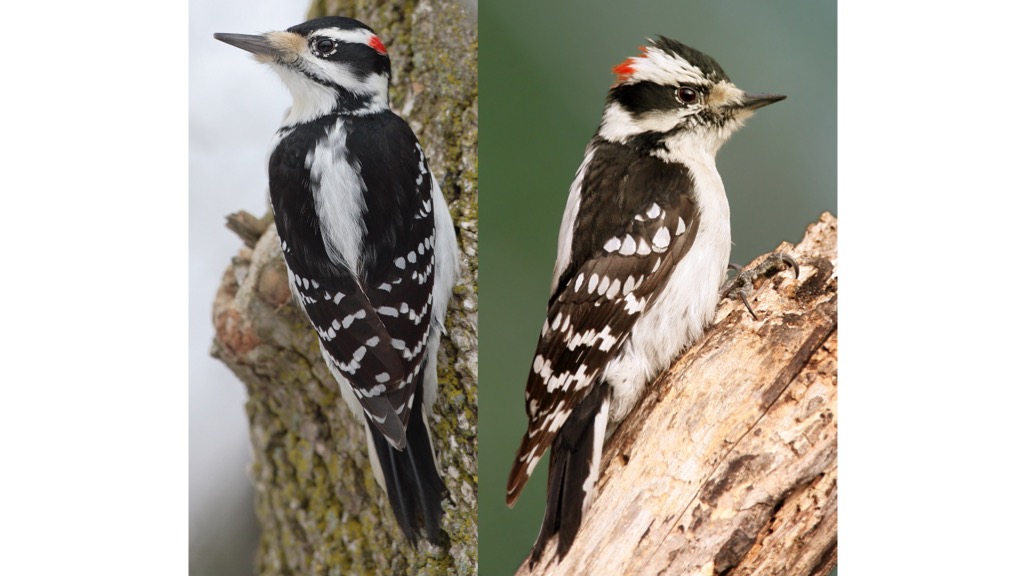Indigenous Woodpeckers in Florida: An Overview to Species and Behaviors
Unveiling the Tricks of Woodpeckers: Habits, Habitat, and A Lot More
Woodpeckers, with their one-of-a-kind actions and specialized adjustments, have actually lengthy fascinated researchers and nature fanatics alike. By discovering the secrets surrounding woodpeckers' behavior and environment selections, a much deeper understanding of these avian wonders arises, using a look into their fascinating world.
Woodpecker Actions Insights
In examining woodpecker habits, an interesting display of specialized skills and adjustments emerges, losing light on their impressive eco-friendly niche. Woodpeckers, recognized for their distinctive drumming on trees, have a variety of behavioral traits that contribute to their survival and success in their setting.
Additionally, woodpeckers show a distinct feeding actions defined by their capacity to extract bugs from tree bark utilizing their specialized beaks. Their long, barbed tongues aid in recording prey, while their strong neck muscle mass provide stability and accuracy throughout pecking movements. This feeding method allows woodpeckers to gain access to concealed insect larvae and remove them with remarkable effectiveness.
Environment Preferences and Option
What variables affect the environment preferences and selection of woodpeckers? One crucial aspect affecting woodpecker environment selection is the availability of suitable nesting websites. Woodpeckers commonly favor woodlands with a mix of mature trees that offer sufficient opportunities for cavity excavation.
In addition, woodpeckers reveal a choice for environments with a plentiful supply of food sources. They are largely insectivorous, preying on beetles, ants, larvae, and various other insects found in worn out timber or tree bark. For that reason, woodpeckers tend to prefer woody areas with a diverse insect populace to satisfy their dietary demands.
Furthermore, the presence of dead or rotting trees is another vital consider woodpecker habitat option. These trees not only give food resources but additionally provide ideal substrate for cavity excavation. Dead trees are necessary for the maintenance of healthy and balanced woodpecker populations, as they play an essential function in the woodpeckers' life process and community characteristics.
Feeding Routines and Diet Regimen Structure
Woodpeckers demonstrate a specialized feeding behavior concentrated on foraging for insects within different environments. In enhancement to insects, woodpeckers also take in tree sap, fruits, nuts, and seeds, including selection to their diet depending on the season and accessibility of food resources.
The foraging strategies of woodpeckers are well-adapted to their arboreal lifestyle (Woodpeckers in Florida). Their ability to excavate wood not just provides them with food but additionally aids in developing nesting dental caries and developing regions. Woodpeckers play a crucial duty in keeping the wellness of forests by regulating insect populaces and assisting in the decomposition of wood. Understanding their feeding habits and diet regimen structure is vital for preservation initiatives focused on protecting these distinct and important birds.
Drumming Seems and Communication
Making use of fast drumming sounds on numerous surfaces, woodpeckers employ a distinct type of interaction to indicate territory borders and bring in friends. This drumming actions is not only a method of communication but additionally functions as a means for woodpeckers to establish their visibility within a specific area. The strength, speed, and pattern of the drumming can communicate essential info to other woodpeckers around.
Woodpeckers utilize drumming sounds to introduce their visibility in a territory and to caution off potential trespassers. The loud and recurring nature of the drumming functions as a clear signal to various other woodpeckers that the area is currently claimed. This assists in reducing disputes and minimizing physical fights in between individuals.
)
Survival Adaptations and Specialized Anatomy

Final Thought
To conclude, woodpeckers exhibit unique habits, such as drumming audios for interaction, and have actually specialized makeup for survival in their selected habitats. Their feeding practices and diet plan structure better show their adaptability to numerous settings. By recognizing these aspects of woodpeckers, researchers and guardians can better secure and maintain these interesting birds and their environments.